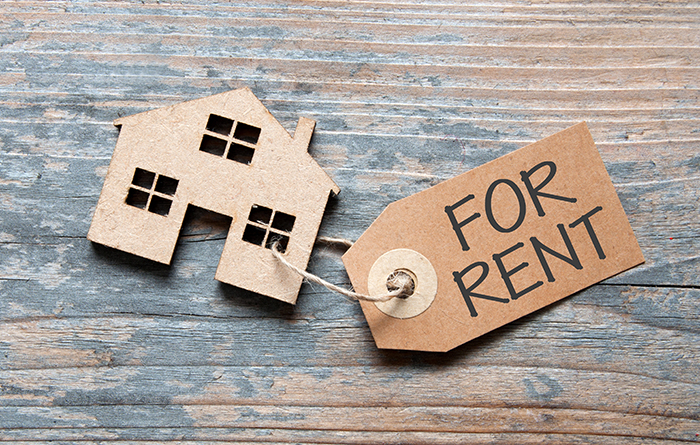
Average asking rents for new tenants outside of London reach another new record this quarter of £1,231 per calendar month (pcm). This is according to the latest Rightmove rental tracker,.
The average asking rent for a typical home outside of London is now a third (33%) higher than at this time in pre-pandemic 2019, increasing by more than £300 from £923 pcm.
By contrast, average asking rents for new tenants outside of London rose by just £71 (8%) in the four years previous between 2015 & 2019, highlighting the rapid increase in new asking rents as tenant demand has increased and the number of properties available to rent has been steadily squeezed since the pandemic.
Although the yearly pace of rent increases for new tenants continues to slow marginally, it remains near double-digit levels.
It’s a similar story in the capital, with average asking rents in London reaching a new record of £2,567, and while the pace of rent growth has slowed slightly, it remains in double-digits for the seventh consecutive quarter. London rents are now 28% higher (+£559 pcm) than at this time in 2019.
Despite quickly rising prices, rental homes are continuing to let at speed and many landlords are still being met with long queues of prospective tenants wanting to view and rent their property.
The current average time to find a tenant for a home to rent is 17 days, its quickest since November 2022.
Tenant demand continues to exceed even last year’s frenetic levels and is currently 3% higher than at this time in 2022 and 42% higher than June 2019.
The gap between supply and demand has slightly narrowed compared to last year, with available properties to rent up by 7% compared with June 2022, though this figure remains 42% below 2019.
Meanwhile, landlords are currently facing challenges from multiple directions. Government sentiment towards the industry (47%), rising taxation (41%) and increasing compliance requirements (33%) topped the list of landlords’ concerns in a recent study by Rightmove.
A quarter (25%) are also concerned about the rising cost of buy-to-let mortgages.
This is leading some landlords to sell up. 16% of properties currently for sale were previously available on the rental market, a figure which is up from 13% in January 2019.
The data suggests landlords are particularly concerned about their properties with a lower EPC rating, ahead of proposed changes to EPC requirements from the government.
A third (33%) of landlords who own lower EPC rated properties plan to sell them rather than make improvements to their EPC rating, compared with 20% who planned to sell last year.
However, despite these challenges, landlords value having a good tenant in their home and are determined to keep good tenants for longer.
The majority (57%) of landlords said that on average, tenants choose to stay in their properties for longer than 24 months, with only 8% saying they stay for a year or less.
Rightmove’s Director of Property Science Tim Bannister said: “The number of available properties to rent continues to improve compared to last year’s record low levels providing tenants with more choice, though with a long way to go to catch up with pre-pandemic levels of stock, there will continue to be more tenants looking to move than properties for them to move to for a while yet”.
Leaders Romans Group national lettings director Allison Thompson says the themes dominating the lettings market continue to be low supply and high demand – an expansion in the number of people looking to rent, rather than landlords selling up en-mass”.
She adds“Some highly leveraged landlords are considering selling due to interest rate rises but we find most are mortgage-free, and in most cases our advice is to avoid a knee-jerk reaction. Interest rate rises are likely to reverse in early 2024 and in the meantime the almost total absence of voids helps counter increased mortgage costs.”



